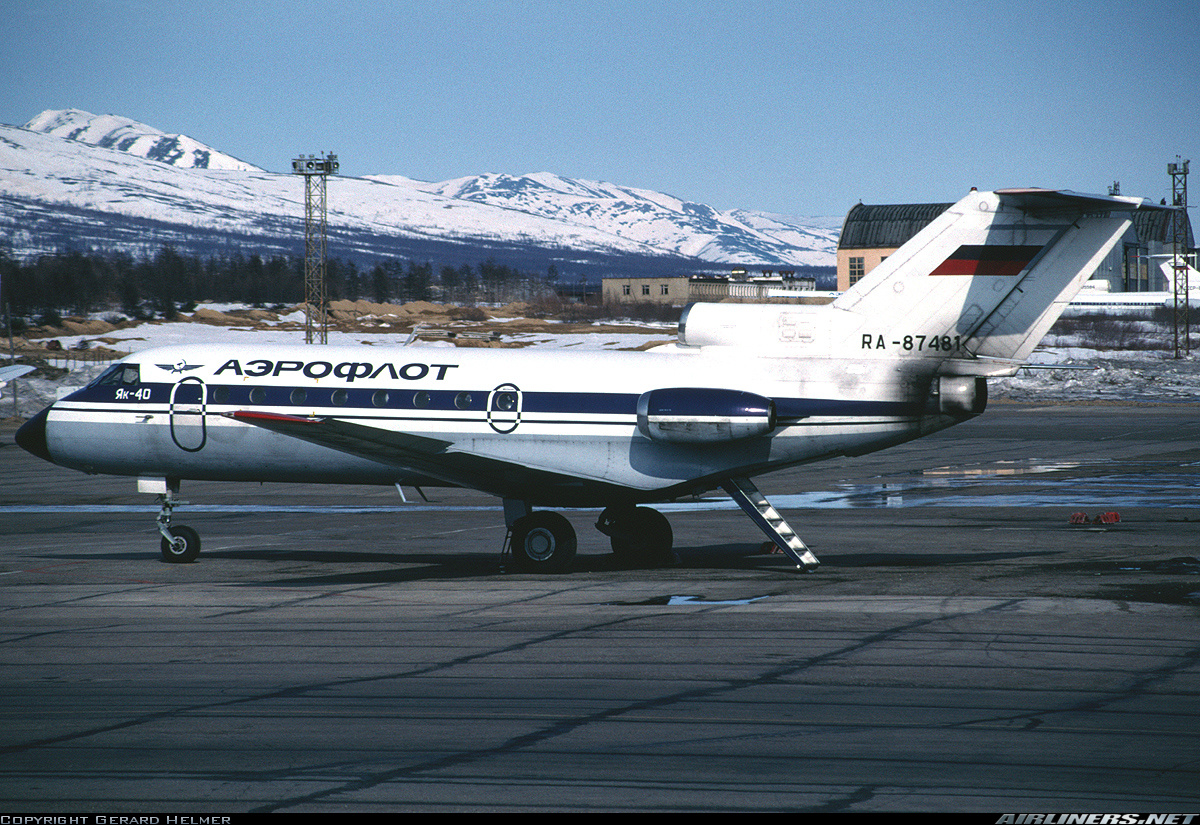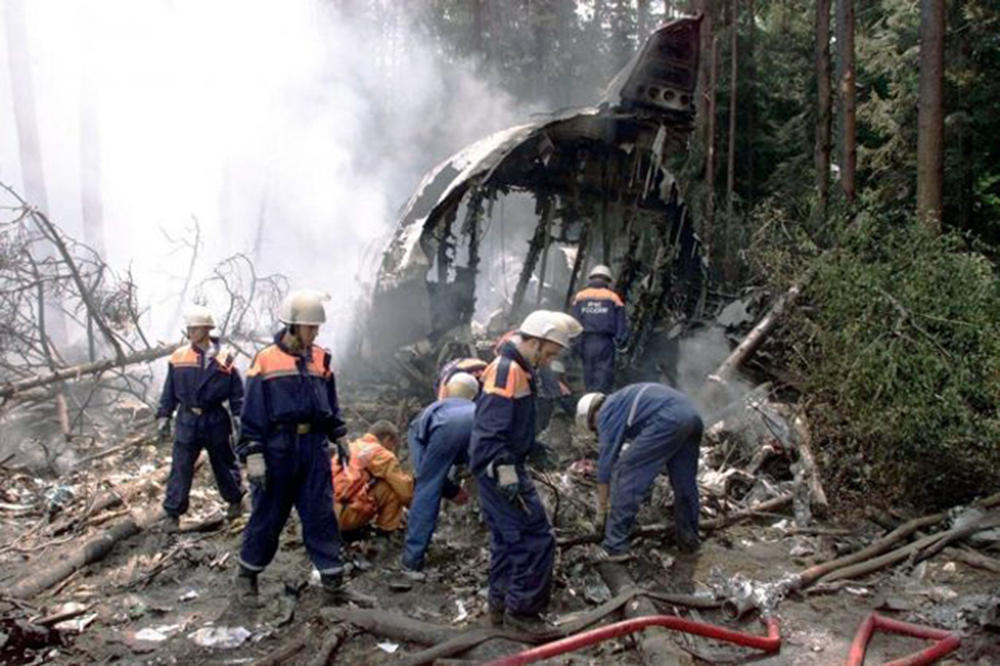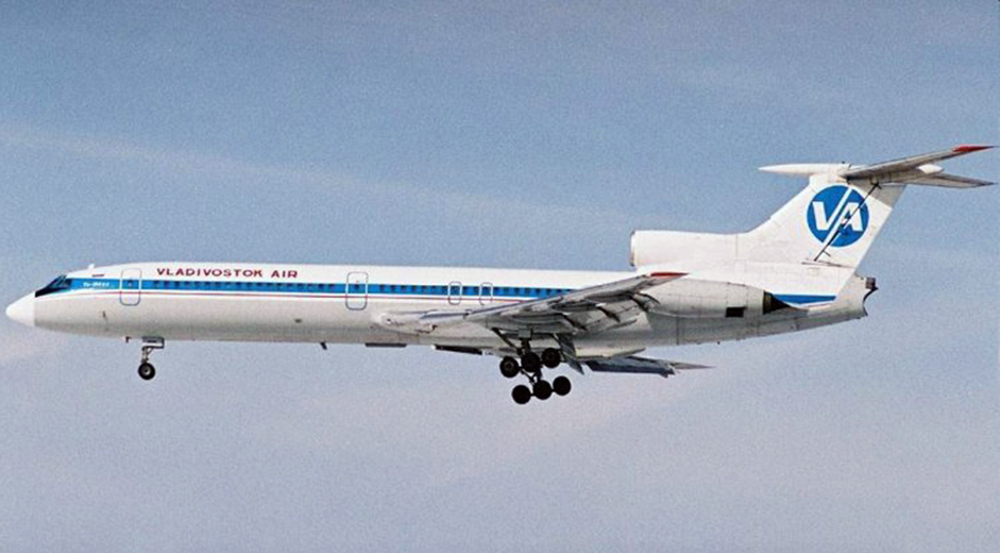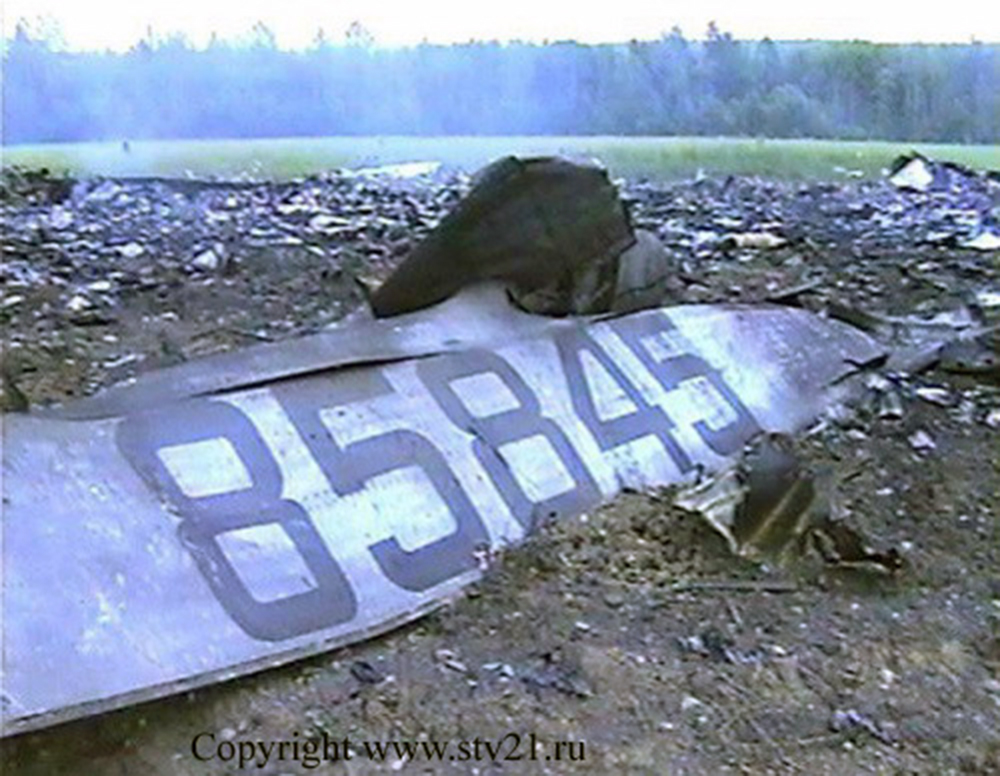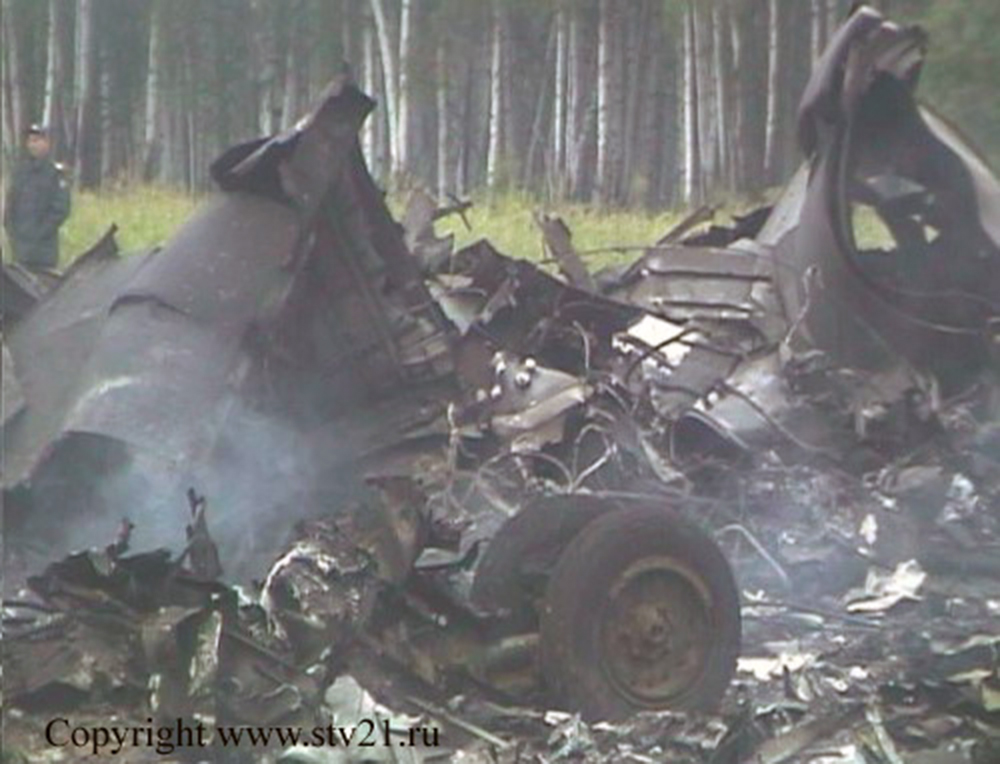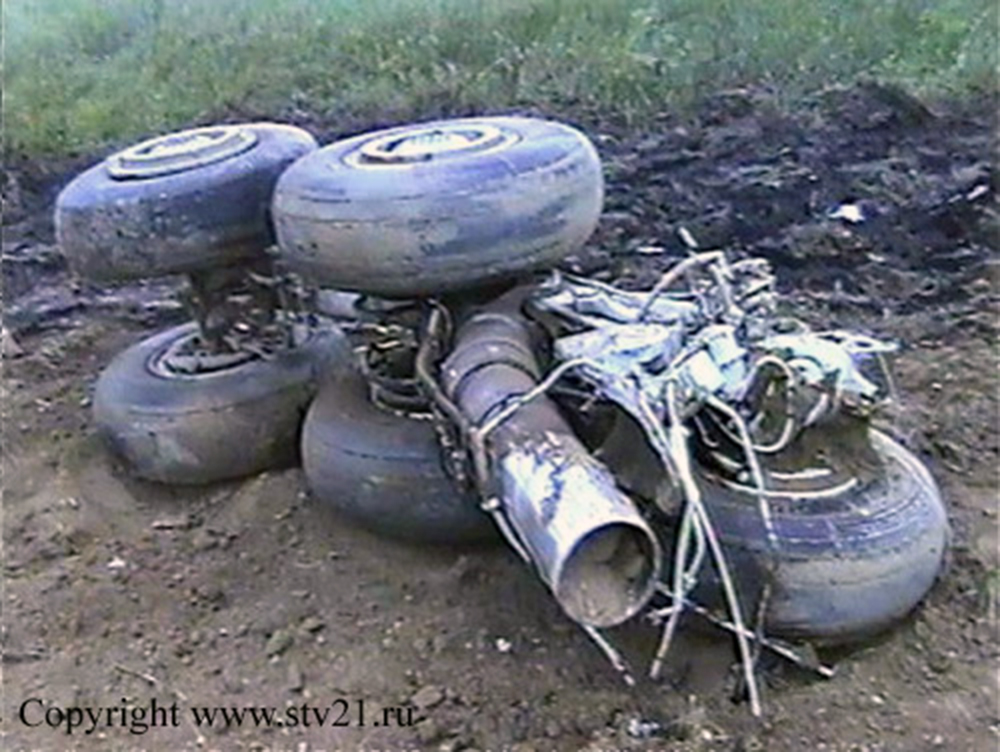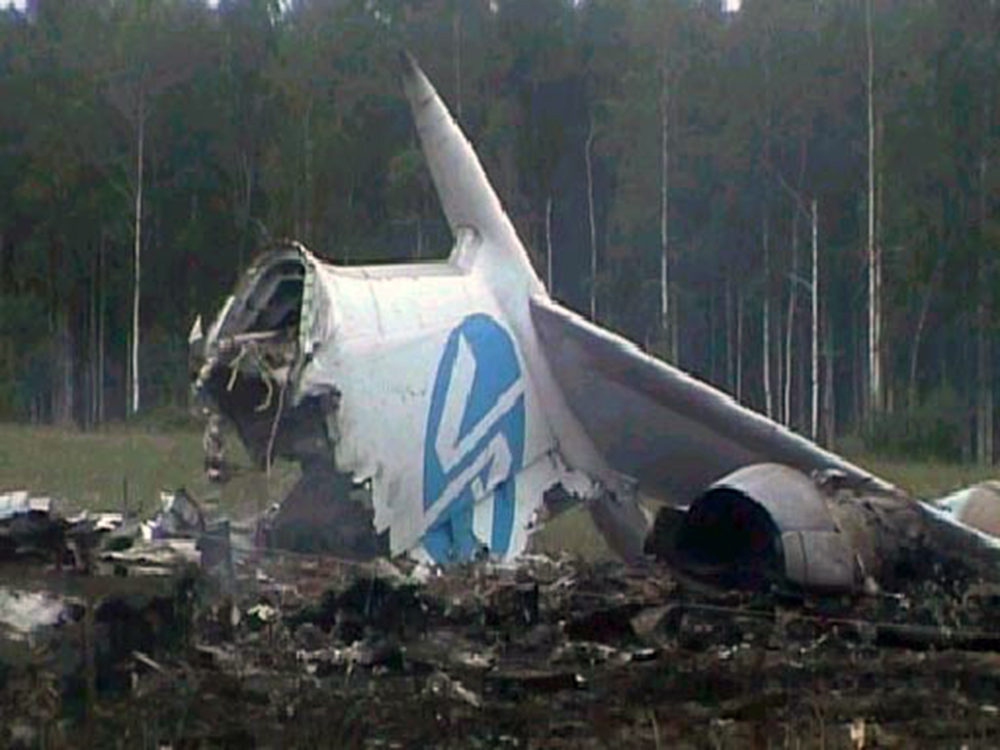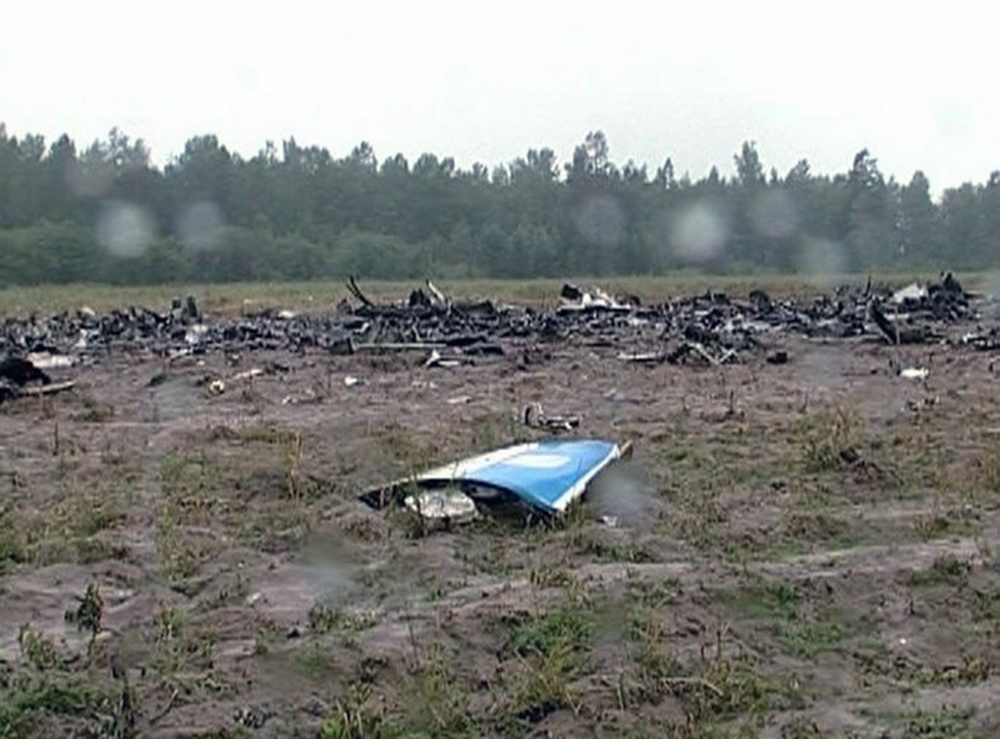Crash of a Yakovlev Yak-40 in Tigil
Date & Time:
Sep 23, 2001
Registration:
RA-87481
Survivors:
Yes
MSN:
9 44 09 38
YOM:
1974
Crew on board:
3
Crew fatalities:
Pax on board:
18
Pax fatalities:
Other fatalities:
Total fatalities:
0
Circumstances:
For unknown reasons, the aircraft landed hard and bounced several times before landing firmly. On touchdown, the nose gear collapsed and the airplane slid for few dozen metres before coming to rest. All 21 occupants escaped uninjured while the aircraft was damaged beyond repair.
